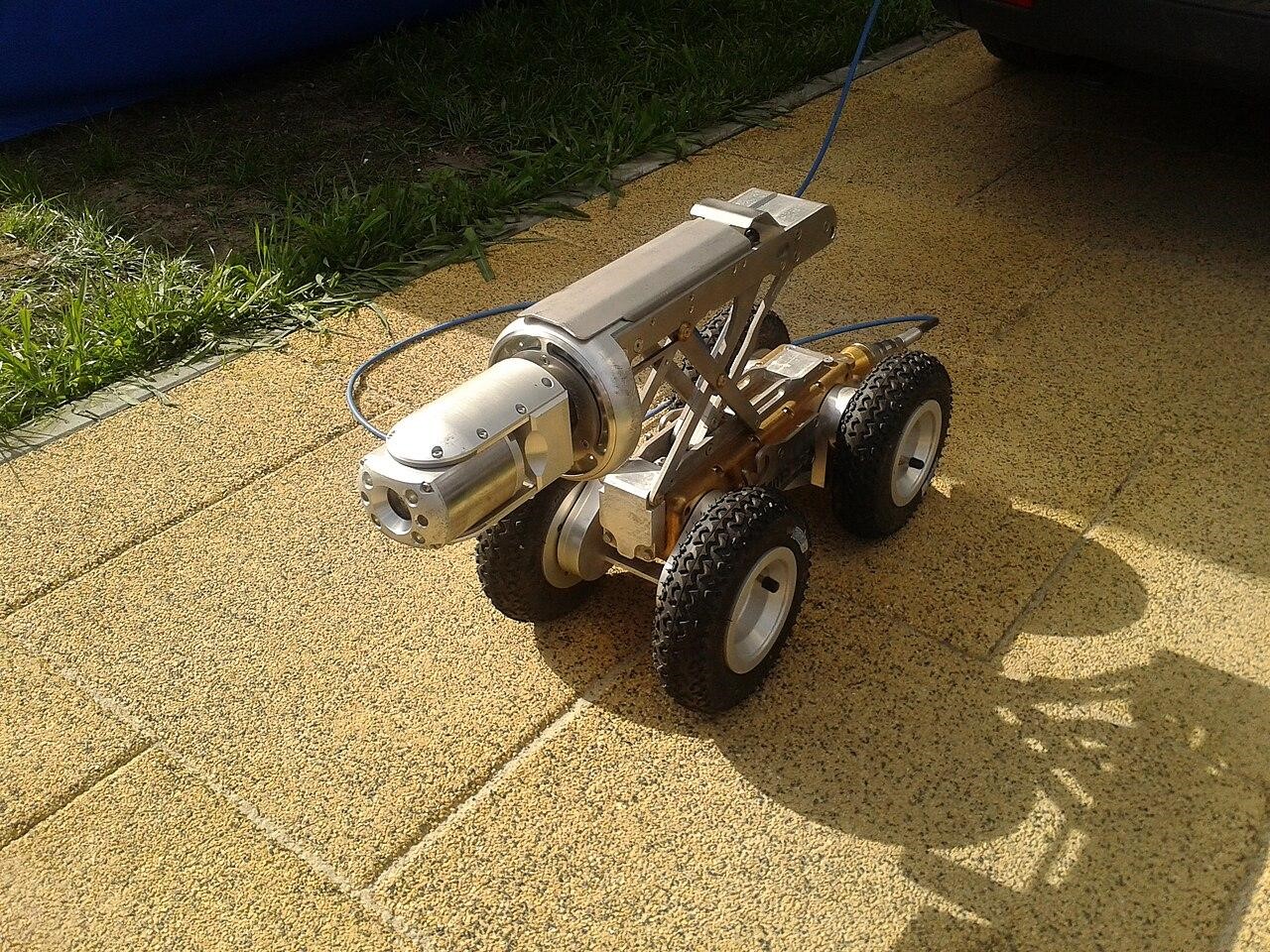
Exploring the Best Camera Inspection Process Step by Step
Introduction
In today’s modern world, technology has seeped into every aspect of our lives, revolutionizing the way we do things. The field of inspection is no exception. With the advent of advanced tools like the Pipe Inspection Camera, the inspection process has become more efficient, accurate, and convenient. In this article, we will take you through a step-by-step exploration of the best camera inspection process.
The Importance of Pipe Inspection
Before delving into the camera inspection process, it’s essential to understand why it matters. Pipe inspection plays a crucial role in various industries, including plumbing, construction, and infrastructure maintenance. It helps identify issues such as leaks, blockages, corrosion, and structural damage. Timely and accurate detection of these problems is essential for preventing costly repairs, ensuring safety, and maintaining the integrity of the infrastructure. This is where the Pipe Inspection Camera comes into play.
Preparing the Equipment
The first step in the camera inspection process is preparing the necessary equipment. The central piece of technology, as mentioned earlier, is the Pipe Inspection Camera. This device consists of a high-resolution camera attached to a flexible cable. It’s essential to ensure that the camera and cable are in good working condition before starting the inspection. Regular maintenance and quality checks are crucial to prevent any technical issues during the process.
Access Point Preparation
Once the camera is ready, the next step is to prepare the access point to the pipeline or structure you intend to inspect. This might involve removing a cleanout cap, an access panel, or a pipe section, depending on the specific application. Ensuring that the access point is clean and free from debris is vital, as it will allow for a smoother camera insertion and better image quality.
Camera Insertion
With the access point prepared, it’s time to insert the Pipe Inspection Camera into the pipeline. The camera’s flexible cable allows it to navigate through bends and turns, providing a comprehensive view of the interior. As the camera moves through the pipeline, it captures high-quality video and images, which are transmitted to the operator in real-time.
Real-Time Monitoring
Real-time monitoring is a critical aspect of the camera inspection process. As the camera travels through the pipeline, the operator observes the live feed on a screen. This allows for immediate detection of any issues or anomalies within the pipeline. The operator can pause, rewind, or take snapshots to document problem areas, ensuring a thorough inspection.
Data Analysis and Reporting
After completing the inspection, the gathered data is analyzed and compiled into a comprehensive report. This report includes details of any issues found, their locations, and the recommended actions for addressing them. The use of the Pipe Inspection Camera ensures the accuracy of the data, making it easier for professionals to plan and execute necessary repairs or maintenance.
Conclusion
The camera inspection process, facilitated by the Pipe Inspection Camera, has revolutionized the way we inspect pipelines and structures. It provides a cost-effective, efficient, and accurate method for identifying issues and maintaining the integrity of critical infrastructure. Whether you’re a professional in the field or simply curious about the process, understanding these steps is crucial for appreciating the significance of this technology.
In conclusion, the importance of pipe inspection cannot be overstated. It plays a vital role in various industries, from ensuring the safety of plumbing systems to preserving the structural integrity of buildings. The step-by-step exploration of the camera inspection process highlights how technology has improved this essential aspect of maintenance and safety. The Pipe Inspection Camera has made the process more accessible and reliable, making it an indispensable tool in the modern world. As technology continues to advance, we can expect even more innovative solutions to further enhance the inspection process, making it more efficient and reliable than ever before.



